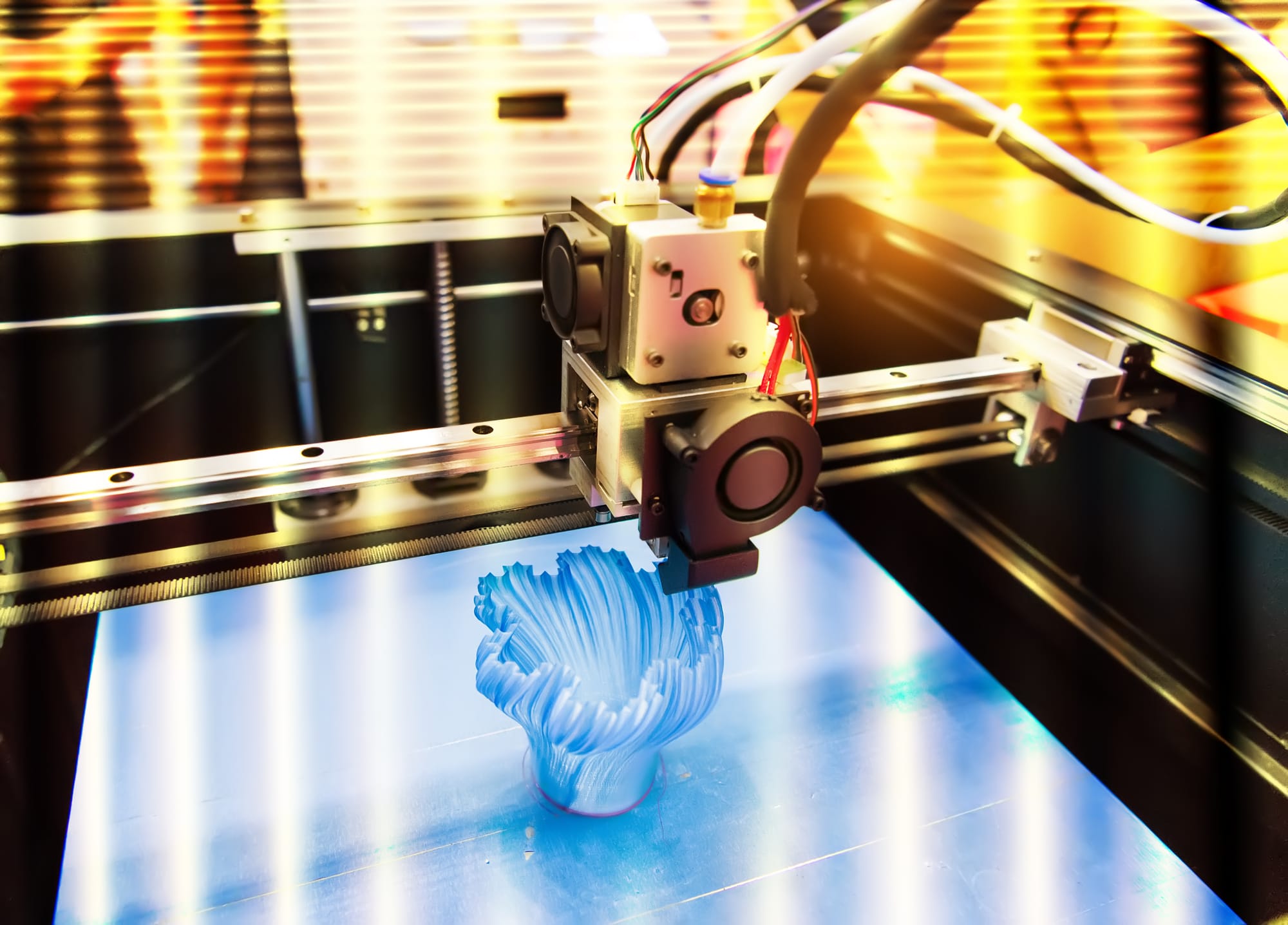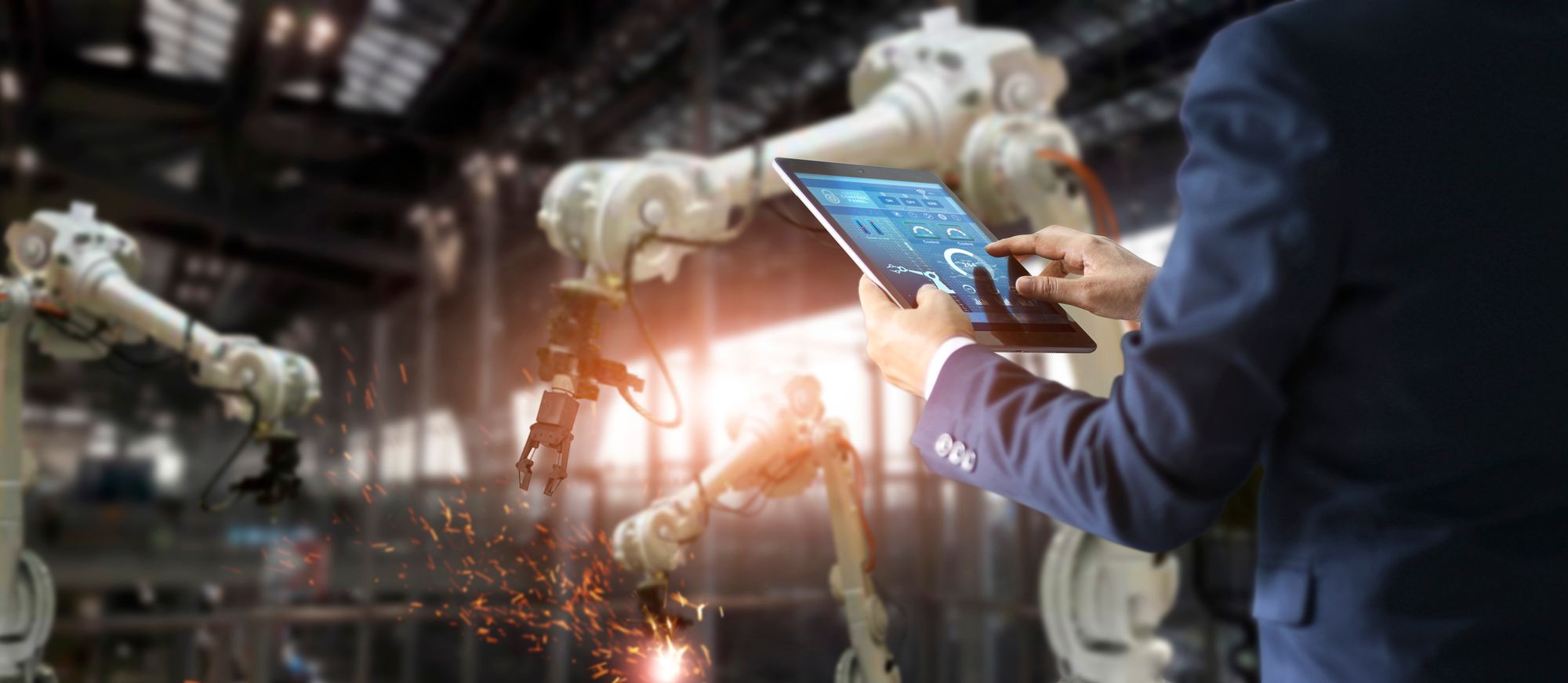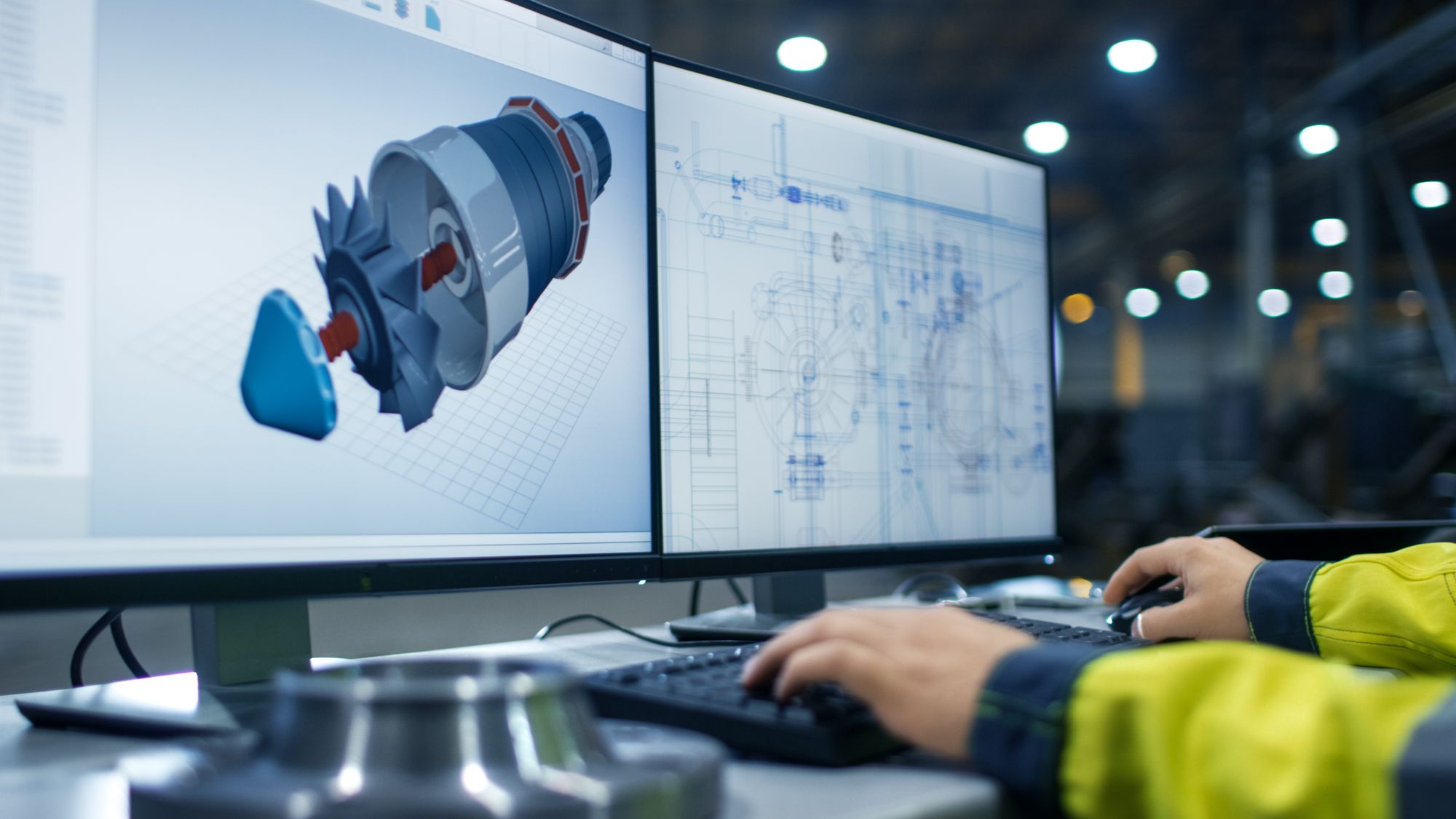3D Printing Meets Customization: The Importance of 3D Configurators
Learn how 3D Printing and Configurators can revolutionize industries, from Healthcare to Fashion.

3D printing has brought about a transformative shift in the manufacturing industry, enabling the production of physical objects from digital models. Its applications are not limited to a particular industry and have the potential to revolutionize the way we manufacture a wide range of products, from everyday consumer goods to specialized medical equipment, and even boats.
In this article, we delve into the significance of 3D parametric models in the realm of 3D printing, and assess the limitations of 3D printing and its impact on various industries. We will explore the benefits of utilizing 3D printing in conjunction with a 3D configurator, and how this combination can enhance the design and streamline the manufacturing process.
Furthermore, this article will provide a comprehensive understanding of how 3D printing and configurators can help businesses to reduce their dependence on traditional manufacturing methods and increase their flexibility and responsiveness to customer demands, which can give them a competitive advantage in the market.

3D Printing Poised for Rapid Advancements and Widespread Adoption
As 3D printing technology continues to advance, we can expect to see improvements in areas such as printing speed, precision, and resolution. This will open up new possibilities for creating a wider range of products and applications. Additionally, the development of new materials for 3D printing, such as metals, ceramics, and advanced polymers, will broaden the scope of what can be created using this technology.
Furthermore, the cost of 3D printing equipment and materials is expected to decrease, making the technology more accessible to individuals and small businesses. This will lead to an increase in the number of people and organizations using 3D printing, which in turn will drive innovation and creativity in the field.
3D Printing: A Game-Changer for Small and Large Businesses
3D printing technology is revolutionizing the way products are manufactured. By assembling products layer by layer using digital designs, it offers a wide range of benefits for businesses of all sizes.
- Small businesses and entrepreneurs can benefit from 3D printing by producing products in small quantities at a lower cost and without the need to maintain a large inventory. This eliminates the need for large inventories and reduces the risk of stockouts.
- Large businesses and manufacturers can use 3D printing to create prototypes and test new designs, which can save time and money by eliminating the need for expensive tooling. Additionally, 3D printing can be used to produce small quantities of specialized parts or tools, such as customized jigs and fixtures, which can save cost and time as it eliminates the need for time-consuming and expensive tooling.
Overall, the future of 3D printing looks very promising, as the technology continues to evolve and new materials and applications are developed. It will be exciting to see how 3D printing will transform various industries and ultimately change the way we live and work.
Industries Leading the Way in 3D Printing Adoption
3D printing technology is revolutionizing many industries, and the use of 3D configurators is playing a significant role in this process.
- Healthcare: 3D printing is being used in the healthcare industry for anatomical modeling for surgical planning, creating custom implants, and bioprinting for tissue and organ regeneration. For example, 3D printed models of organs are being used to plan surgeries, and 3D printing is being used to create custom metal and plastic implants.
- Automotive: The automotive industry uses it to create parts for cars, such as engine components and car body parts. For example, Volkswagen is using 3D printing to create spare parts for classic cars, and BMW is using 3D printing to create engine components.
- Aerospace: The aerospace industry also uses it to build parts for airplanes and spacecraft, such as engine components and rocket parts. For example, NASA is using 3D printing to create rocket engine parts, and Boeing is using 3D printing to create airplane components.
- Construction: The construction industry is using 3D printing to produce building components and architectural models. For example, Winsun used 3D printing to create 10 full-size houses in 24 hours, and Contour Crafting is using 3D printing to create full-size houses.
- Consumer Goods: 3D printing is also used to create consumer goods products such as jewelry, clothing, and household items. For example, Nervous System is using 3D printing to create jewelry, Continuum Fashion is using 3D printing to create clothing, and LIX is using 3D printing to create pens.
- Food Industry: 3D printing is being used in the food industry to create custom food items, such as candy and chocolate. For example, 3D Systems is using 3D printing to create custom candy and chocolate, and Natural Machines is using 3D printing to create custom food items.
- Dental: 3D printing is being used to make custom dental implants, crowns, and bridges. For example, Straumann is using 3D printing to create custom dental implants, and Dental Wings is using 3D printing to create dental models.
- Fashion: It’s also being used to create do-it-yourself clothing, shoes, and accessories. For example, Continuum Fashion is using 3D printing to create custom clothing and accessories, and United Nude is using 3D printing to create custom shoes.
- Education: The education sector uses 3D printing to build models, prototypes, and teaching aids. For example, schools and universities are using 3D printing to create models of the human body, architectural models, and engineering prototypes.
- Agriculture: For custom equipment, tools, and parts. For example, John Deere is using 3D printing to create custom equipment parts, and Fabbster is using 3D printing to create custom tools.
As 3D printing becomes more widely adopted, we can expect to see it used in a variety of new industries and applications. Additionally, 3D printing will play a key role in the development of sustainable products, by reducing the need for mass production, and enabling on-demand production.
While the benefits of 3D printing are undeniable, it is important to also consider the potential limitations and drawbacks.
Limitations and Hurdles in the Application of 3D Printing
As with any new technology, there are also challenges and limitations associated with 3D printing. One major challenge is the cost of 3D printers and the materials used for printing. While the technology is becoming more affordable, it can still be cost-prohibitive for small businesses and entrepreneurs. Additionally, while 3D printing has the potential to reduce waste and promote sustainability, it also has the potential to increase e-waste if not used responsibly. This is because 3D printers, like any other electronic device, can become obsolete, and their disposal is not easy.
Another limitation of 3D printing is that it is not suitable for all types of materials. Many 3D printers are currently limited to printing with plastic and other synthetic materials, which may not be suitable for certain applications. Additionally, 3D printing is not as fast as traditional manufacturing methods, which can make it less suitable for high-volume production runs.
Additionally, 3D printing also has intellectual property concerns, as it allows for easy replication of physical objects, which can have negative implications for the creators of the original designs.
Overall, while 3D printing has many benefits and has the potential to revolutionize manufacturing, it is important to consider the challenges and limitations of the technology and to use it responsibly.
The Intersection of 3D Printing and Parametric Design
One of the key advantages of 3D printing is the ability to customize designs to meet specific needs or requirements. This is made possible through the use of parametric design, a method of creating models that can be adjusted and modified based on user input.
With parametric design, users can select from pre-existing design templates and adjust various parameters, such as size, shape, and material properties, to tailor the model to their exact specifications. This flexibility and ease of customization make parametric design a popular choice for 3D printing applications in various industries, such as manufacturing, architecture, and product design. Additionally, parametric design enables the creation of complex geometries and shapes that may not be possible with traditional manufacturing methods, making it an essential tool for innovation and prototyping.
Professional designers and industrial companies often use parametric modeling to create designs that are both functional and visually appealing. This method involves defining parameters for the components of the design and using mathematical relationships to change the design by adjusting a few values. It is also possible to revert to earlier stages of the design to make modifications. This technique is well-suited to 3D printing, as it allows for faster iteration of designs. In addition, parametric design opens up many possibilities in 3D modeling, as it allows for the creation of geometries with various characteristics such as depth, density, and number of faces that were previously impossible to produce using traditional methods.
Keep reading to discover how the integration of a configurator into the 3D printing process can enhance the design and manufacturing process.
Maximizing 3D Printing Capabilities with a Product Configurator
A product configurator is a powerful software tool that enables users to customize and configure 3D models based on their specific preferences and requirements. This technology is widely utilized in the manufacturing, retail, and eCommerce industries to provide customers with the ability to design and preview products before making a purchase. For example, an online shoe store can use a 3D configurator that allows customers to design their own shoes by selecting the style, size, color, and other options. Customers can then view a realistic 3D rendering of their design and place an order for the custom-designed shoes to be 3D printed and shipped to them.

The use of 3D configurators in various industries, such as healthcare, automotive, aerospace, and construction, can greatly benefit these sectors by allowing for easy design and customization of products using 3D printing technology. With the use of a 3D configurator with parametric model support, manufacturers can optimize the performance of a product by making precise adjustments to its design. This enables easy modification, testing, and optimization of the design before it goes into mass production. This can be particularly beneficial for both small businesses and large manufacturers by reducing their reliance on traditional manufacturing methods, increasing their flexibility, and responsiveness to customer demands. This can provide them with a competitive edge and enable them to stay ahead of industry trends.
As 3D printing technology continues to evolve and advance, it will be fascinating to see how the use of 3D configurators will further impact these industries and potentially others as well. The possibilities of this technology are vast and limitless, and it has the potential to reshape the way we design, create and manufacture products.
The Benefits of Using Salsita 3D Configurator for 3D Printing
Salsita 3D Configurator is a perfect fit for 3D printing because it offers parametric model support. This means that the 3D models created using the configurator can be easily modified and adjusted to meet specific design requirements, without the need to start from scratch. This can save a significant amount of time and resources, especially for companies that frequently need to update their products. Additionally, the configurator's parametric capabilities make it easy to automate the generation of 3D models, which can further increase efficiency and reduce errors. Overall, Salsita 3D Configurator is a powerful tool for creating and customizing 3D models for 3D printing, making it an ideal choice for businesses that use this technology.

If you have any further questions about Salsita 3D Configurator or would like to discuss 3D Printing further, please don't hesitate to contact us.


